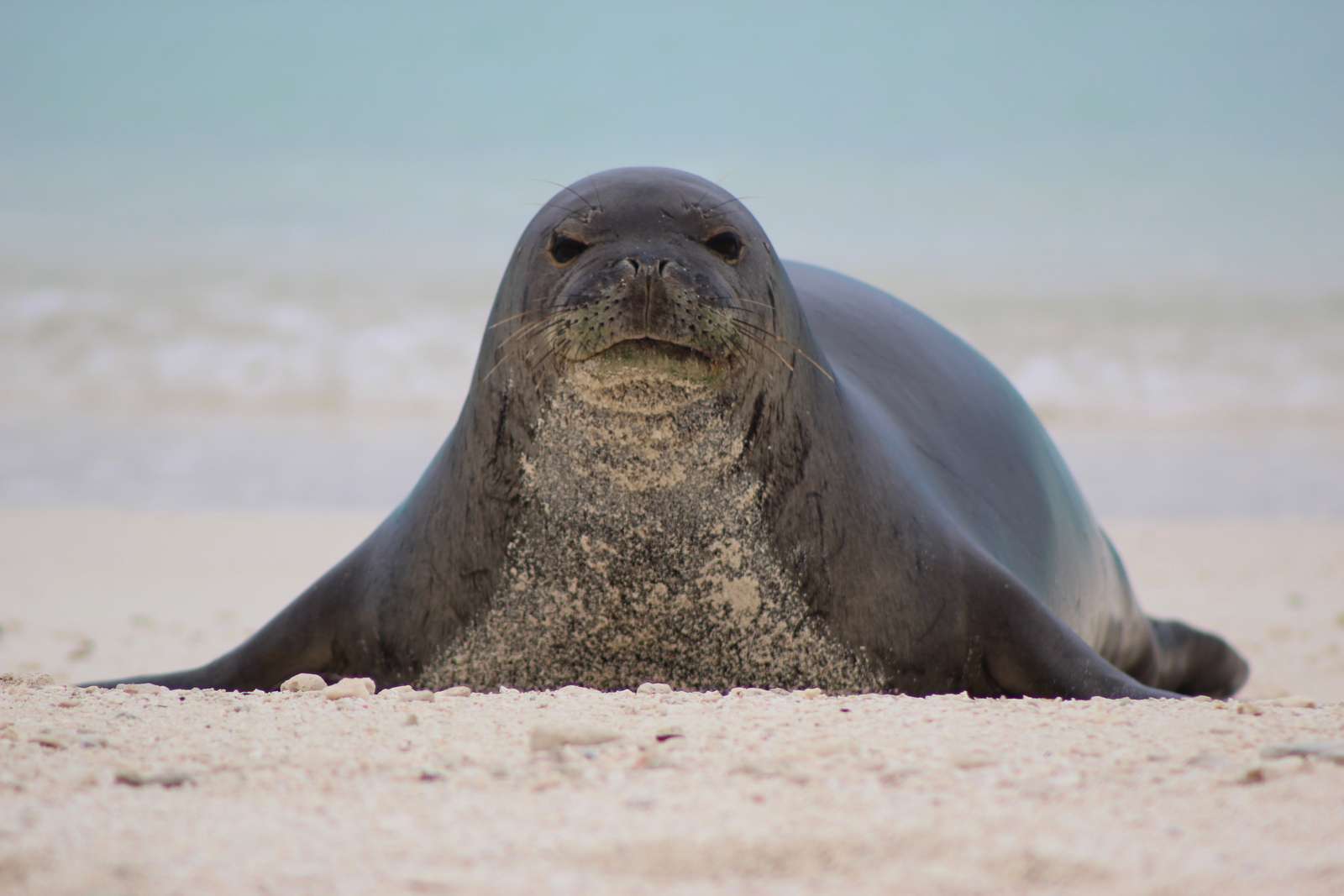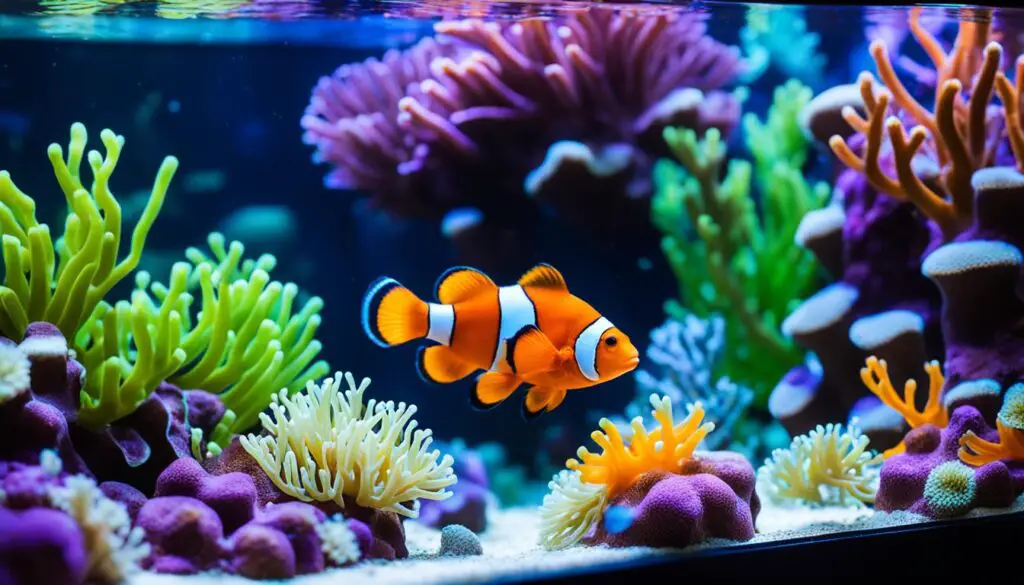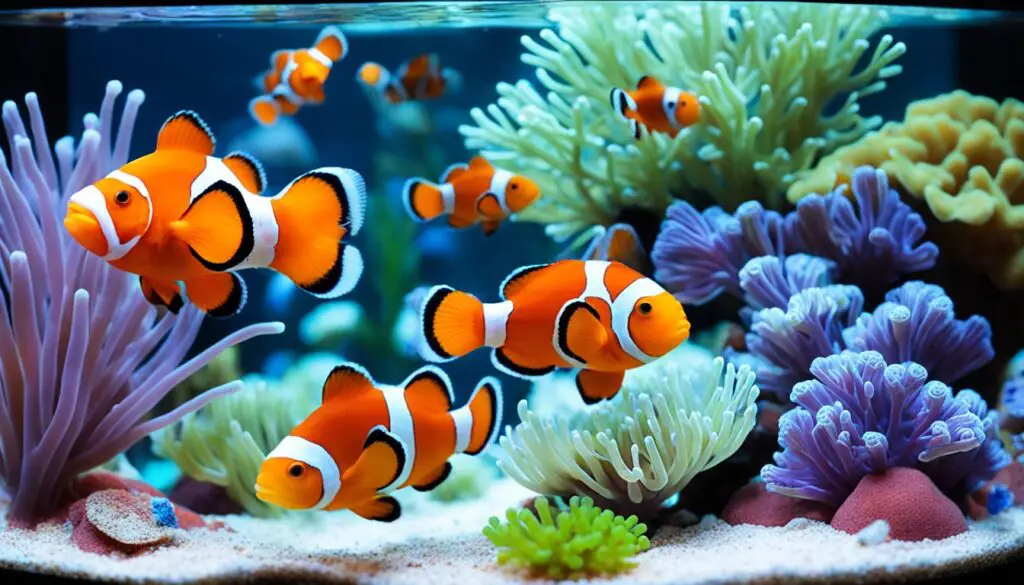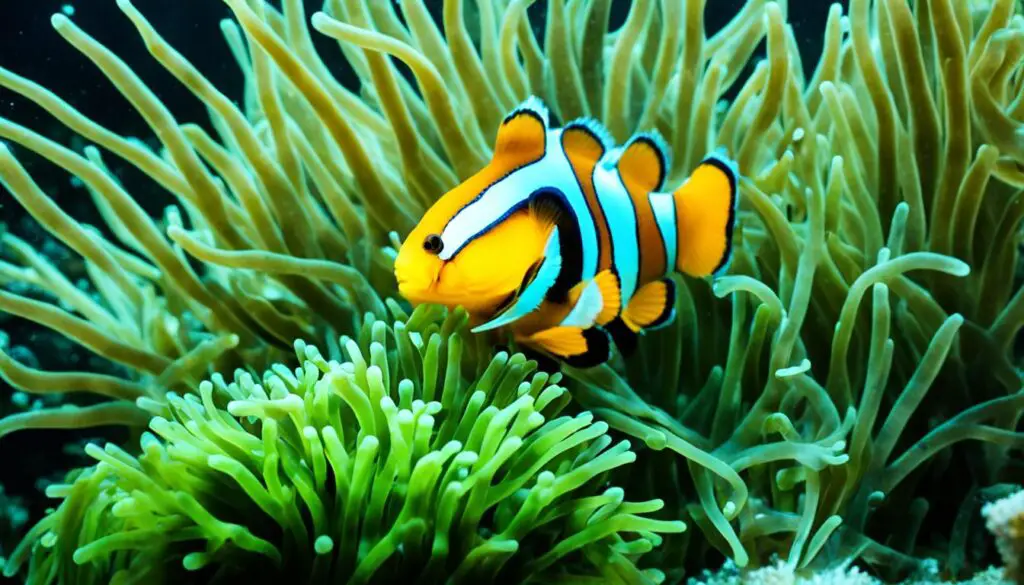Are Seals Endangered

Introduction
Are Seals Endangered: Seals, fascinating marine mammals known for their playful antics and graceful swimming, have long captured the imagination of people around the world. Seals encompass various species, each with its unique characteristics and ecological roles. Among the most recognizable are the harbour seal, grey seal, and harp seal, each with its own distinct habitat and behaviour.
These creatures inhabit a range of environments, from icy polar regions to temperate coastal waters, making them critical components of their respective ecosystems. While some seal populations have shown signs of recovery due to conservation efforts, others remain threatened by a combination of factors, including habitat loss, climate change, pollution, and human activities such as hunting and bycatch in fishing gear.
We’ll examine the current status of different seal species, the factors affecting their populations, and the efforts being made to protect and preserve these remarkable animals. By understanding the challenges facing seals and the ongoing initiatives to safeguard their existence, we can better appreciate the urgency of ensuring these charismatic marine mammals have a secure future in our oceans.

How are seals endangered?
Hunting. Human greed has led to the decline of many seal populations. In the past, millions of seals were killed for their valuable meat, blubber, and pelts. In some countries seals are still killed in large numbers because fishermen blame them for the decline in fish.
Seals face endangerment primarily due to a combination of human-induced and environmental factors. One significant threat is habitat loss and degradation. Coastal development, pollution, and climate change have all contributed to the alteration of seal habitats. Rising sea levels, a consequence of climate change, can flood their breeding and resting sites, while coastal development can encroach upon these vital areas, leading to displacement and reduced reproductive success.
Another perilous factor is pollution. Seals are vulnerable to the detrimental effects of marine pollution, particularly from plastic debris and oil spills. Ingesting or becoming entangled in plastic can lead to injury or death, while oil pollution can damage their fur, disrupt their thermoregulation, and contaminate their prey, leading to long-term health issues.
Overfishing and bycatch are additional concerns. Seals often share their habitats with commercial fisheries, making them unintentional victims of fishing gear, which can result in injuries or fatalities. This issue necessitates improved fishing practices and gear modifications to reduce bycatch.
Historically, hunting has also posed a significant threat to seals. While regulations have been put in place to manage hunting activities, illegal hunting still occurs in some regions.
Addressing these challenges and conserving seal populations requires comprehensive efforts, including habitat protection, pollution mitigation, sustainable fishing practices, and rigorous enforcement of hunting regulations. By understanding the multiple factors contributing to their endangerment, we can take more effective steps to ensure the continued survival of these fascinating marine mammals.
How can we protect seals?
What can you do?
- Keep beaches clean.
- Reduce, reuse, recycle.
- Keep seals wild—give them space.
- When fishing, pull your fishing line in until the seal leaves the area.
- Keep cats exclusively indoors.
- Vaccinate your pets and keep dogs leashed at all times.
- Promote healthy oceans.
- Share your enthusiasm and educate others.
Protecting seals involves a multi-pronged approach that encompasses conservation, policy, and education. Here are key strategies to ensure the well-being of these fascinating marine mammals:
- Habitat Protection: Designating marine protected areas and conserving vital coastal habitats is crucial. These areas provide seals with safe breeding and resting sites, shielding them from human disturbance and habitat degradation.
- Sustainable Fisheries Management: Implementing strict regulations on fishing practices and gear modifications can reduce bycatch and minimize the impact of commercial fishing on seal populations.
- Pollution Control: Efforts to mitigate pollution, such as stricter regulations on waste disposal, cleaner energy sources, and increased recycling, can help minimize the harm caused by plastics and oil spills in seal habitats.
- Climate Change Mitigation: Addressing the root causes of climate change, such as reducing greenhouse gas emissions, is essential to combat rising sea levels and temperature changes that threaten seal habitats.
- Educational Outreach: Raising awareness about seal conservation, their ecological importance, and the threats they face can foster public support for protective measures.
- Scientific Research: Continued research into seal populations, their behavior, and their ecosystems allows for more informed conservation strategies and adaptation to changing conditions.
- Law Enforcement: Enforcing regulations against illegal hunting and the harassment of seals is vital to protect these creatures from harm.
- Collaboration: International cooperation is essential, as seals often cross national boundaries. Collaboration between countries is crucial for the success of conservation efforts.
By implementing these strategies and actively engaging in the protection of seal habitats and populations, we can ensure that these remarkable marine mammals continue to thrive in their natural environments for generations to come.
Are any seals endangered?
Hawaiian monk seals are protected under the Endangered Species Act (ESA), the Marine Mammal Protection Act (MMPA), and Hawai’i state law. They have been listed as endangered under the ESA since 1976.
Certainly, several species of seals are indeed endangered, facing significant threats to their survival due to various human activities and environmental factors. One of the most iconic endangered seal species is the Hawaiian monk seal. With a population of fewer than 1,400 individuals, they are critically endangered and primarily threatened by habitat loss, entanglement in fishing gear, and disease.
The Mediterranean monk seal is another critically endangered seal species, with fewer than 700 individuals remaining. They are at risk due to habitat degradation, overfishing, and disturbance caused by human activities.
The Saimaa ringed seal, native to Finland’s Lake Saimaa, is also critically endangered, with a population of around 400 individuals. Climate change, which affects ice conditions, and human disturbances near breeding sites are the primary threats to this unique freshwater seal.
Other endangered seal species include the Caribbean monk seal (believed to be extinct) and the Baikal seal, which is at risk due to habitat degradation and pollution in Russia’s Lake Baikal.
Efforts are underway to protect and conserve these endangered seals through various conservation measures, including habitat preservation, sustainable fishing practices, and public awareness campaigns. Nevertheless, their survival remains a critical concern in the face of ongoing challenges.
Why should seals be protected?
Seals are essential members of their ecosystems, both as predators of fish, squid, shellfish, seabirds, and other marine life and as prey for hunters like polar bears, orcas, and sharks. Their swimming also creates currents in the water, which cycle nutrients from the sea to the shore.
Seals should be protected for a multitude of compelling reasons, encompassing both ecological and ethical considerations.
First and foremost, seals play a pivotal role in maintaining the health and balance of marine ecosystems. They are apex predators in their environments, helping to control the populations of prey species such as fish and squid. By doing so, they contribute to the overall health of ocean food webs, which has far-reaching effects on commercial fisheries and the livelihoods of coastal communities that rely on them.
Seals also serve as important indicators of oceanic health. Their well-being is closely linked to the state of the marine environment, making them sentinel species. Changes in seal populations can signal broader ecological issues, such as overfishing, pollution, and climate change impacts.
From an ethical perspective, seals deserve protection to prevent unnecessary suffering. Many seal species have been subject to extensive hunting for their fur, meat, or other body parts. Conservation efforts are aimed at ending these practices and ensuring humane treatment of these sentient creatures.
Overall, safeguarding seals is not only about preserving biodiversity and ecological balance but also reflects our ethical responsibility to protect and respect the living beings that share our planet.
Why seals are endangered by pollution?
Plastics pollution has a direct and deadly effect on wildlife. Thousands of seabirds and sea turtles, seals and other marine mammals are killed each year after ingesting plastic or getting entangled in it.
Seals, these charismatic marine mammals, face an escalating threat in the form of pollution, pushing them towards endangerment. The impact of pollution on seals is multifaceted, affecting both their immediate survival and long-term health.
One of the primary pollutants endangering seals is oil spills. When oil is discharged into oceans due to accidents or negligence, it coats the seals’ fur, impeding their ability to regulate body temperature and making them susceptible to hypothermia. Ingesting oil-contaminated prey can also lead to internal damage and long-term health issues.
Chemical contaminants, such as pesticides and heavy metals, find their way into the marine environment. These toxins accumulate in the seals’ bodies through the food chain, causing harm to their reproductive systems and immune functions. This ultimately results in reduced reproduction rates and overall population decline.
Plastic pollution poses yet another menace. Seals can ingest plastic debris, causing blockages and internal injuries. Moreover, microplastics in the water can transfer harmful chemicals into their bodies, further undermining their well-being.
As our oceans continue to be a dumping ground for human waste, seals find themselves in a precarious position. Their vulnerability to pollution highlights the pressing need for stringent environmental regulations, increased awareness, and global efforts to protect these remarkable creatures and the delicate ecosystems they inhabit.
Are seal populations recovering?
Seal populations have displayed varying trends in recovery depending on their specific species and the regions they inhabit. Some seal populations have shown signs of recovery due to conservation efforts and stricter regulations, while others continue to face challenges.
In some cases, such as the grey seal populations in regions like the northeastern United States and the United Kingdom, conservation measures have led to an increase in numbers. Stricter hunting regulations and the establishment of protected marine areas have contributed to these positive outcomes.
Conversely, certain seal species like the Mediterranean monk seal and the Hawaiian monk seal are still critically endangered and face persistent threats. Habitat destruction, human disturbance, and limited food sources continue to hinder their recovery.
Climate change presents a new obstacle, as melting ice in polar regions affects the availability of suitable breeding and foraging grounds for species like the harp seal and ringed seal. This dynamic aspect of environmental change further complicates the assessment of seal population recovery.
While some seal populations have made progress toward recovery thanks to conservation efforts, the status of seals as a whole remains mixed. Continued vigilance and concerted global action are necessary to ensure the survival and resurgence of these valuable marine mammals.
Are there international efforts to protect seals?
Recognizing the importance of preserving these marine mammals and the ecosystems they inhabit, several organizations, treaties, and conventions work collectively to safeguard seals and their habitats.
One prominent international agreement is the Convention on International Trade in Endangered Species of Wild Fauna and Flora (CITES). CITES regulates the trade of certain seal products and provides protection to endangered seal species by controlling their international commercial exploitation.
The Marine Mammal Protection Act (MMPA) in the United States serves as a key example of a national legislation with international implications. The MMPA not only safeguards U.S. waters but also encourages foreign nations to adopt similar conservation measures to protect marine mammals, including seals.
Regional agreements, such as the Agreement on the Conservation of Seals in the Wadden Sea and the Agreement on the Conservation of Seals in the Baltic Sea, are tailored to specific regions and aim to coordinate efforts for seal conservation.
These international and regional agreements, combined with the collaborative work of conservation organizations and research institutions, contribute to the protection and conservation of seal populations worldwide. The global community’s commitment to safeguarding seals is crucial to ensure the well-being and survival of these iconic marine species for generations to come.
How long can seals go without air?
Seals can hold their breath under water for approximately 1½ hours. They are covered in a thick fatty layer called blubber to keep them warm in cold water. They need their big eyes to see in dark and dirty waters.
Seals, like many marine mammals, are remarkably adapted to life in the water. They are excellent divers and can hold their breath for varying lengths of time, depending on their species and physical condition.
Common seal species, such as harbor seals, can typically stay submerged for about 15 to 20 minutes before needing to come up for air. These seals rely on efficient oxygen storage in their blood and muscles and can slow their heart rate to conserve oxygen during dives.
Larger species, like elephant seals, are even more impressive in this regard. They can hold their breath for up to two hours or more, and some deep-diving species have been known to stay submerged for extended periods during their hunting forays.
It’s important to note that the duration seals can go without air depends on various factors, including their size, age, and physical condition. Additionally, their diving behavior varies depending on their needs, such as hunting, resting, or escaping from predators.
Seals have evolved to be highly adapted to their aquatic lifestyle, enabling them to endure prolonged dives and thrive in marine environments.

Conclusion
The threats facing seals are multifaceted. Habitat loss, driven by human encroachment and climate change, poses a significant risk to their well-being. Pollution, particularly plastic debris and oil spills, further imperils their habitats and health. Overfishing and bycatch incidents remain a concern, as do hunting practices in some regions. Addressing these challenges requires both local and global cooperation, as the conservation of seals extends beyond borders.
The positive news is that there are dedicated individuals, organizations, and governments working tirelessly to protect seals. Efforts to establish marine protected areas, enforce regulations, and raise awareness have yielded encouraging results. Scientists, with innovative research, continue to enhance our understanding of seal populations and their ecosystems, enabling more effective conservation strategies.
Our responsibility to protect seals is not only an ethical one but also crucial for maintaining the balance of marine ecosystems. It’s evident that while there have been substantial strides in safeguarding these remarkable marine mammals, much work remains to ensure their survival and a harmonious coexistence with human activities. By supporting these conservation initiatives, we can contribute to a future where seals thrive in their natural habitats, enriching our oceans with their presence.



